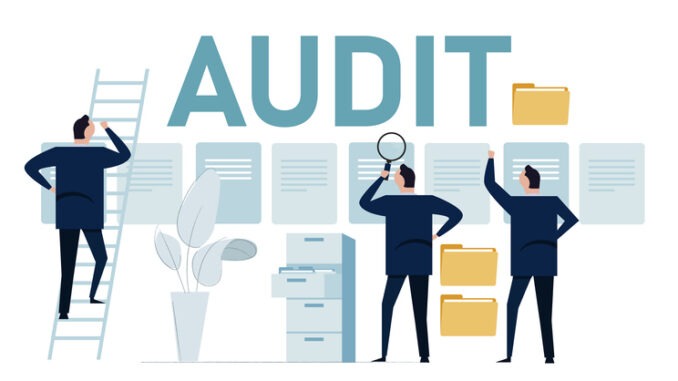
Conducting a skills audit is a way to assess where the skills gaps lie which can be used to adapt your training and recruitment strategy
CREDIT: This is an edited version of an article that originally appeared on Robert Half Talent Solutions
Digitalisation is revolutionising the world of work and your workforce must be ready. Digital disruption, and changing customer behaviours, mean businesses need to find the right balance between innovation and continuing ‘business-as-usual’.
Many teams will require skills changes and greater technical knowledge – , but how can you be sure you know the skills already available within your organisation? A skills audit is the process of assessing your employees’ skills via a questionnaire or one-to-one, and then identifying the knowledge gaps which are preventing growth. This will help develop the careers of existing employees and improve your retention.
Developing the skills base of your existing workforce will help your staff more easily meet their daily work and career goals, creating a more capable and productive workforce. Collecting data on your employees will also facilitate smart decisions when it comes recruitment solutions; rather than creating new teams, your organisation could use its flexibility to blend the existing workforce and handle any change.
The skills audit template for managers – here is a five-step programme for a skills audit:
1. Gain management backing – you will need everyone on-side; skills audits cost time, money and resources.
2. Your scope – which skills (technical or soft) will you assess? Begin by pondering the areas you want to improve to support growth and adapt to any upcoming changes or challenges.
3. Competency framework – this establishes a link between the individual and the organisation. It includes the knowledge, skills, judgement and attributes that are required to perform a job effectively.
Having a set of competencies for each member of your team guides employees on your organisation’s values and what is required. Talk to your team members individually to find out what their responsibilities are, so this can then be integrated into your framework.
4. Communication with your team – leading on from the last point, before sending out the skills questionnaire make sure to have spoken to everyone. Reassure them of the reasoning behind the audit, as well as that the data is secure and confidential.
5. Collect and analyse – after all the meetings, and when the questionnaires have been returned, you’ll have better idea about what in-house training is needed and which areas need improving.
Employee training
- Business needs – always have the business’ needs in mind. If your employees have weaknesses, this is a good starting point to tailor the training.
- Training programmes – this is something to consider. These should be skills-based and remain within the boundaries of your employees’ roles.
- Clear objectives – you should be able to measure the success of your training by implementing quantifiable targets, which are in line with the aims of the business.



Be the first to comment